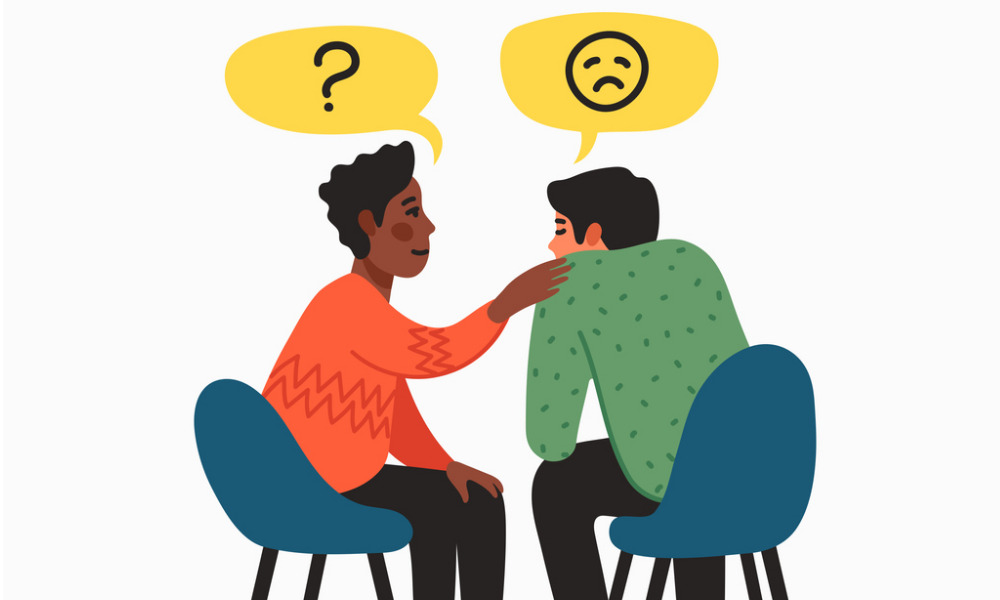
Why chief executives must embrace responsibilities around employees' psychological wellbeing

In this new world of work, mental health has risen dramatically to the very echelons of organizational strategy. No longer a ‘nice to have’, a ploy rolled out to entice new talent or boost external branding, psychological health is the lynchpin of a company’s culture. However, as the importance of mental health grew, executives seemed increasingly unsure who was supposed to be spearheading the mental health campaign. Was it HR’s role, as it historically has been, to promote mental wellbeing? Well, yes in part – but now we need the CEO to join the ranks.
“The CEO really has to lead by example,” Christina Fuda, Mental Health First Aid Coordinator at Ontario Shores Centre for Mental Health Sciences told HRD. “As part of my job, I actually train directors and executives to understand the importance of investing in personal and organizational mental health. This was right as the pandemic hit – so we were in this sort of transition period where mental health and phycological wellbeing was of paramount concern. However, CEOs were struggling to understand how to move forward.”
Read more: Tesla's head of HR resigns
CEOs would ask Fuda how to approach the delicate situations rising in their workforces. They noticed that their teams were super burned out – stressed, depressed, and overworked - but they simply didn’t know how to encourage them to practice some self-care.
“The biggest questions I asked these CEOs was when did you last take a day off?” added Fuda. “When was your last vacation time? So many of them said they couldn’t remember or that they don’t have time for annual leave. And this, in a nutshell, is the problem. If you have a leader who is constantly working, sending emails at two o'clock in the morning, then the team starts to feel these expectations too. However, when you have a CEO that really promotes people taking time off, that encourages vacation times and encourages people to not be answering emails at one o'clock in the morning all, then you’re more likely to see improved mental health.”
It’s all well and good speaking about the importance of self-care and rest – but if you’re not practising it yourself it can come off as conceited and patronizing. As the face of the company, as the captain of the ship, CEOs need to start embracing their dual role as Chief Mental Health Officers. It all starts with leadership. CEOs can make such a big impact if they accept that everyone needs time for mental health training – themselves included.
“So many times I’ll go to these training sessions but the CEOs are only willing to invest half a day – or an hour! Sixty minutes is not long enough to properly address employee mental health. Yet a lot of them believe this is the only allotted time they have free. Until we start really prioritizing wellbeing – and that example has to flow from the top down – nothing will be resolved. As the CEO, you really have to understand that people need that that time – and that if you don't have an hour to spare then your team is being pushed too hard. We definitely need to give people the understanding, the education, the training, the knowledge, and the space to have that healthy work-life balance.”
Read more: McDonald's director of people strategy on thriving in a pandemic
What’s more, it’s not enough for the CEO to simply book the training and then bow out. For optimal change, Fuda recommends that all C-suite executives have the exact same mental health awareness training as their people.
“I always say the CEO should attend this training, too,” she added. “They have got to show that they can also put in this time – that really builds morale, loyalty, and commitment to the cause.”
To hear more from Fuda and other mental health leaders, register for HRD Canada’s upcoming summit here.